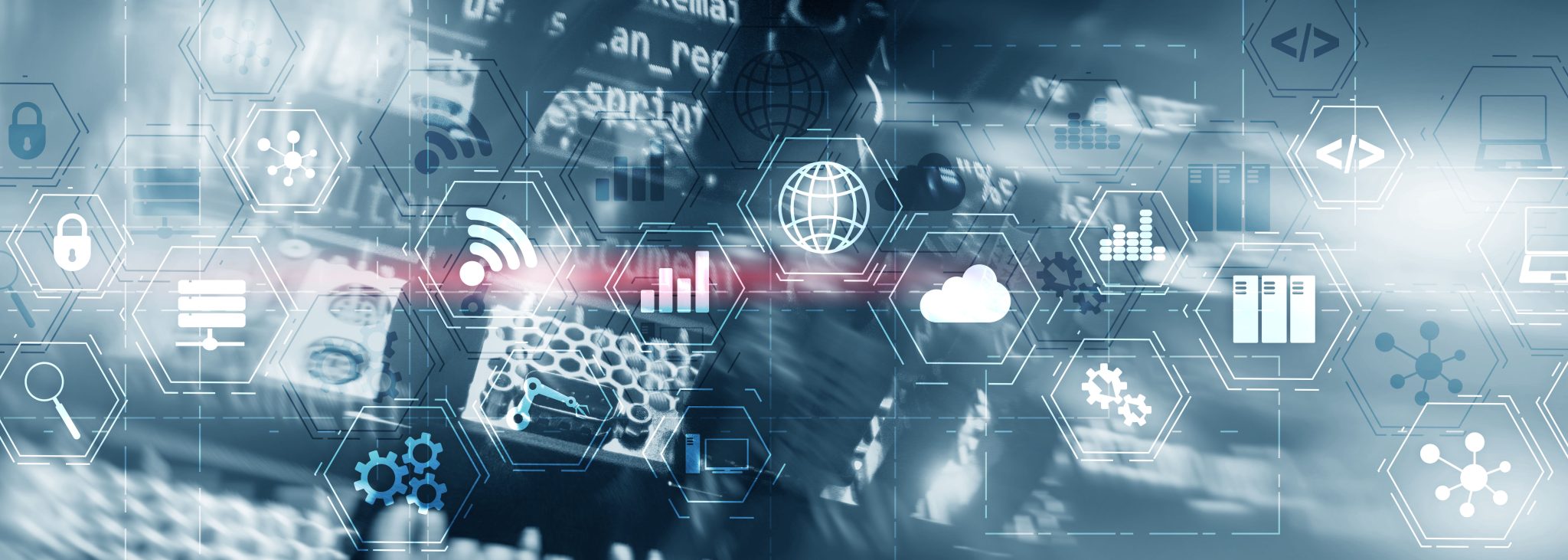

The trend towards business transactions and interactions moving online has brought with it countless benefits for consumers and businesses alike. For businesses, the digital shift has streamlined operations, expanded market reach, and improved customer engagement across multiple touchpoints.
For customers, the transition offers unprecedented convenience, enabling them to make purchases, communicate, and access services in their own time, with the added benefit of product information, customer testimonials, and comprehensive reviews readily available at their fingertips.
But the online revolution has consequences. As we spend more of our lives online and move towards a business world connected by the Internet of Things (IoT), more valuable data, mission-critical systems, and infrastructure, we face the challenge of safeguarding the intricate web of cyber-physical systems that underpin modern enterprises.
In this article, we explore the trends and insights driving the integration of physical and digital security, emphasising the need for a comprehensive approach to business safety.
As businesses increasingly rely on digital processes, the threat landscape has expanded. Cybercriminals target our digital assets and the physical devices and infrastructure connecting to the internet. Mobile devices and physical servers have become attractive targets for malicious actors, which means considering digital and physical security holistically has never been more critical.
A recent report from Genetec revealed that 36% of IT and security professionals are actively investing in cybersecurity tools designed to enhance physical security, underscoring a growing recognition of the interdependence between these two mediums. Other relevant trends Genetec outlined include the extraction of physical security data pushing digital transformation forward, and growing collaboration and convergence of IT and physical security teams.
The value of connecting the physical and digital worlds is startling; a recent insight report from McKinsey estimated that the convergence of physical and digital worlds will result in a market worth somewhere between $5.5 trillion and $12.6 trillion by 2030.
Physical security and cybersecurity functions fundamentally differ. The former protects people, buildings, and infrastructure, while the latter safeguards data, networks and other digital assets. Both forms of security employ layers of prevention and detection, but they differ in their focus and methods. Physical security operates on a location-based paradigm, whereas cybersecurity is boundaryless.
Protecting physical assets requires distinct approaches to safeguarding information and data. For example, measures such as access control, surveillance, and security personnel play pivotal roles in protecting tangible assets.
So, it’s clear that physical security and cybersecurity are separate concepts. However, businesses must consider how they complement each other to avoid unaddressed critical vulnerabilities. These two security domains must work harmoniously in an increasingly interconnected world to ensure comprehensive protection.
Cybersecurity systems can quickly be rendered ineffective if physical security is compromised, as intruders can access digital infrastructure through physical breaches. Conversely, IoT-connected security components, like CCTV and access control systems, can be vulnerable to cyberattacks. Bad-faith actors have even been known to target HVAC systems, hacking them to overheat server systems to disrupt service.
Physical security fortifies the outer layers, while cybersecurity acts as a digital shield. The convergence of these two realms creates a robust defence strategy, where vulnerabilities in one area are compensated for by strengths in the other, ensuring a more resilient security posture for businesses in the face of evolving threats.
It’s no surprise, then, that enterprises are increasingly considering how best to converge cyber and physical when it comes to security. The convergence of cyber-physical security offers numerous benefits, including:
When facilities and IT security teams collaborate, they can identify instances where one team’s control measures can eliminate the need for redundant investments by the other and the potential for inefficient silos. For instance, by coordinating access control systems and cybersecurity protocols, a business can achieve comprehensive security without unnecessary duplication of effort and expenditure. This collaboration also helps prevent unforeseen costs associated with new security projects, ensuring that resources are allocated efficiently.
Threats can materialise rapidly, meaning an integrated approach to security is a game-changer for incident response. When both teams work together, incidents are identified and responded to quickly and effectively. For example, if a physical breach occurs, the IT security team can immediately lock down digital access points and trigger alerts while the physical security team responds on-site. This seamless coordination squeezes response times, containment efforts, and potential damage, ultimately safeguarding the organisation’s interests.
An integrated approach allows for a holistic view of risks in the physical and digital worlds. Sharing cyber risk data with the facilities team and vice versa enables a more comprehensive understanding of vulnerabilities and threats, empowering security teams to identify and address potential weak points across both domains. For instance, if a vulnerability in the physical infrastructure could compromise digital assets, it can be prioritised and mitigated effectively. This proactive risk management strengthens overall security posture and resilience against emerging threats.
Cybersecurity, with its stringent protocols and protective measures, often lays the foundation for effective physical security measures. Cybersecurity systems dictate access controls, identity verification, and encryption methods, essential to modern physical security. By aligning cybersecurity policies and practices with physical security measures, an organisation ensures that safety is consistent and comprehensive.
Physical and digital security are not isolated realms but two sides of the same coin. Each plays a unique, intertwined role in safeguarding businesses, their assets, employees, customers, and data. In today’s rapidly evolving threat landscape, integrating physical and digital security is not merely an option but a necessity.
If you want to find out how to enhance the safety of your workplace, visit Safetell’s website here.
With decades of experience improving physical security across multiple sectors, we collaborate with your physical and cybersecurity teams to develop unique approaches that align with your needs.